Includes per person per night:
- Overnight accommodation
- Breakfast
Please note, payment by gift voucher issued by Small Danish Hotels is not possible.
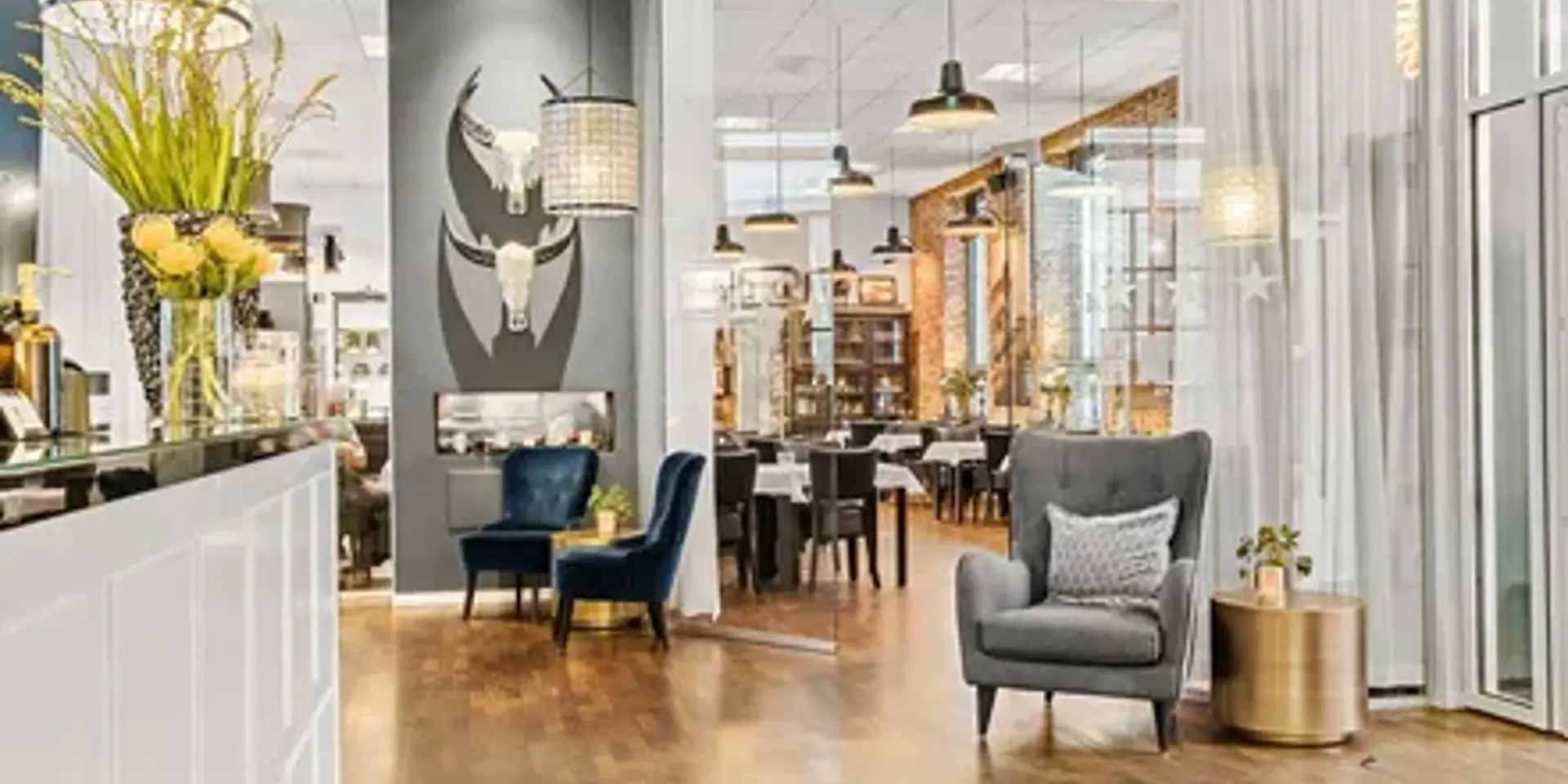
Includes per person per night:
Please note, payment by gift voucher issued by Small Danish Hotels is not possible.
Click the "See calendar and prices" button to choose dates and see the room selection.
See calendar and prices: Standard RateTordenskjoldsgade 4, 9900 Frederikshavn
Show map

0.05 km
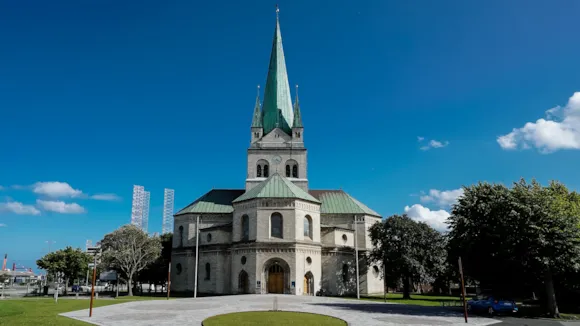
0.13 km
It is a chancel church erected in pure Romanesque style of chalk stones, so-called Faksekalk. With the equally long cross arms, the church is completely symmetrical. The tower is 56.5 meters high. There are four smaller side springs on the tower.
The church's architecture is inspired by the monumental cathedral in Aachen, Germany, where Emperor Karl d. Store is buried. Nothing was too big and nice as inspiration when the new, thriving market town, Frederikshavn, was to have a new church. The interior of the church is dominated by the great vaults and the four powerful pillars. There is seating for 1160 people, partly on the floor and partly on the pulpit.
The church's cruciform floor plan is also inspired by the cathedral of Aachen and other famous churches, among others, the tomb church in Jerusalem, which is believed to hold the tomb of Jesus, and the great Hagia Sophia church in Istanbul, now converted into a mosque '(source; Frederikshavnkirke.dk)
The church's altar painting "Christ and the disciples by the lake of Tiberias" is painted by Skagen painter Michael Ancher.
The baptismal font is a kneeling angel carrying the baptismal dish. The font is made in marble and donated by Consul General P. Berg of Sct. Petersburg, born in Frederikshavn.

0.13 km
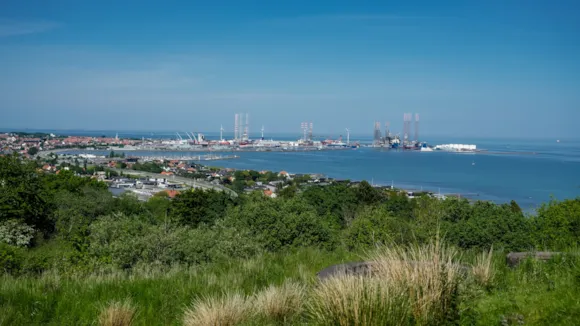
0.14 km
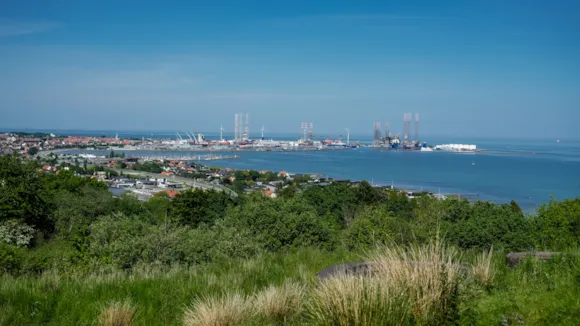
0.19 km
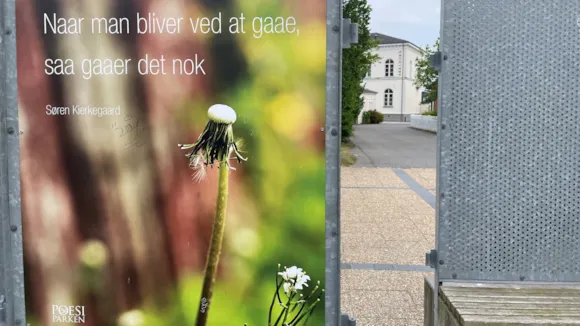
0.2 km
Søren Aabye Kierkegaard (1813-1855) was a Danish theologian and philosopher. Kierkegaard's authorship is exceptional in its scope, imagination, and sharpness. It is also characterized by delicate logic and profound emotion, by plain talk about the Kingdom of God and an incredible erudition.
He had the ability to write in a language so complex that it can be difficult to read and understand. But he also had the ability to write in such a playful, graceful, and picturesque style that it makes him one of Denmark's greatest prose stylists.
The five artworks at Lodstorvet are a gift from the City Foundation to Frederikshavn in celebration of the town's 200th anniversary as a market town.
The photographer behind the images at Lodstorvet is Linda Suhr from Suhr Production.

0.29 km

7.3 km
Hirsholm Lighthouse was built at a time when the island's population was around 200. Due to the large population at the time, a relatively large church was constructed right next to the lighthouse. The island had a vibrant local community that largely depended on the work provided by the lighthouse. In 1996, the lighthouse lamp was automated, which ended local employment as the need for staff disappeared. This led to the last permanent residents leaving the island, and the lighthouse thus became a symbol of a bygone era.
Hirsholm's Original Lighthouse
Although the settlement has ceased, Hirsholm still attracts many visitors each year. Today, the island and the surrounding islands are a protected scientific nature reserve, providing shelter to a rich birdlife that attracts many ornithologists. The old lighthouse from 1838 can still be visited and now serves as a lookout tower. The Hirsholm Islands are a popular destination for those wishing to experience the island's natural beauty and unique history. Transportation to the Hirsholm Islands is via Seadog, which sails from Frederikshavn several times a week, making it easy for visitors to explore this scenic area.

24.48 km
The migrating dune, Råbjerg Mile, is about 1km wide and 1km long, it is made of roughly 3,5 million m3 sand, and is 40 meters high. Each year the dune moves around 15 meters towards the Northeast, closer to Grenen, the top of Denmark. Attempts of afforestation did not stop the migrating dune, which is expected to cover the main road to Skagen in a century or two. Once the dune reaches an area with trees or other plantations, it takes approximately 40 years for the tree to re-emerge on the other side of the dune. The same goes for the "small lakes", indentations caused by the varying groundwater level. These lakes are in the beginning poor on nutrition and vegetations but after some time the plants are coming back.
Behind the “mile” it leaves a small and moisty layer of sand that extended west out to Skagerak where Råbjerg Mile was formed more than 300 years in a landscape called Råbjerg Stene.
The whole area near Skagen was affected by sand migration with sand coming from the west. Entire areas were covered in sand as the dunes formed and therefore destroyed the opportunity to cultivate the land. The inhabitants were forced to move after a difficult fight with the sand, where the sand-covered church is a proof of the fight and struggle. The church was in the end swallowed and covered by the sand. Today, only the church tower is visible and there is planted lyme grass and conifers to slow down the sand migration.
Despite this, the area is nowadays under protection and owned by the state after strong protests from for example Jeppe Aakjær who was dissatisfied as the plantations (which should stop the sand migration) destroyed many beautiful nature areas.
Attention: While hiking through Råbjerg Mile there can be a risk of walking into quicksand!
Getting around North Jutland with public transport is effortless. Plan you trip with bus, train or ‘Plustur’ on rejseplanen.dk.